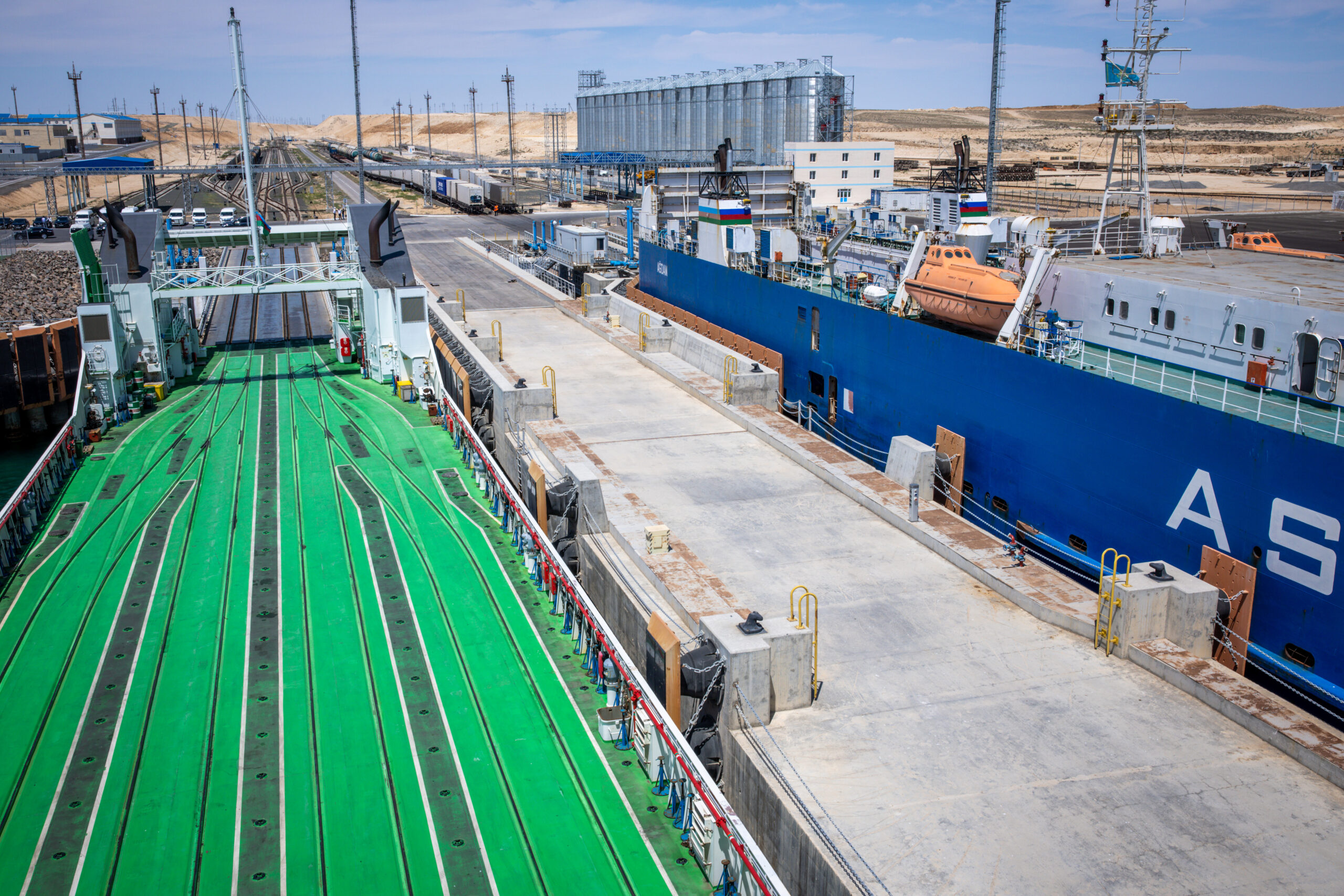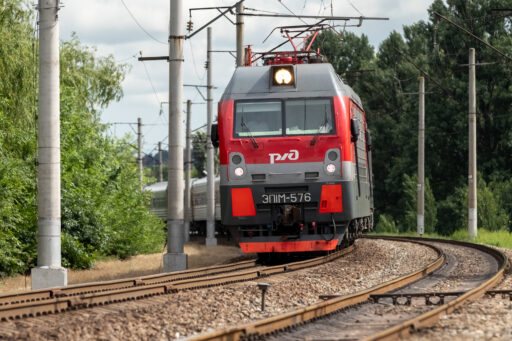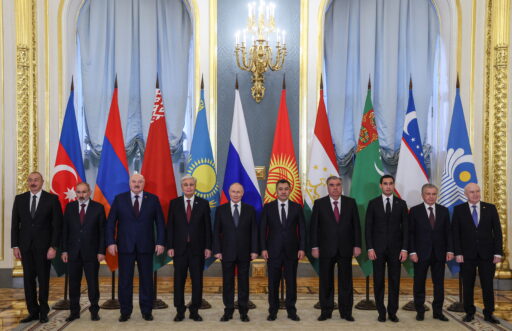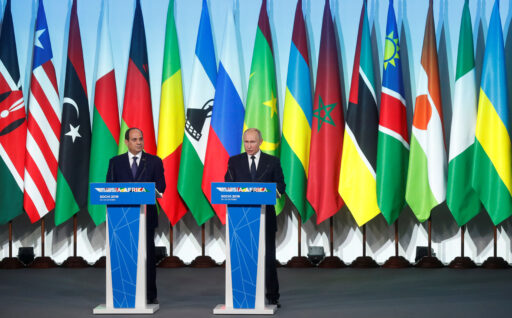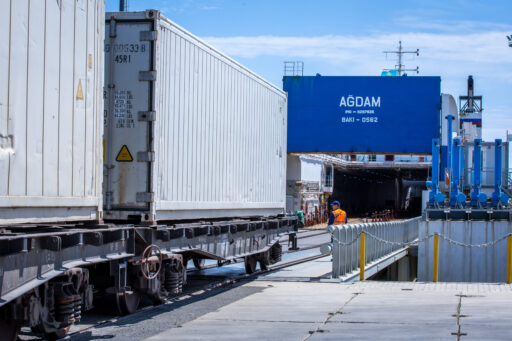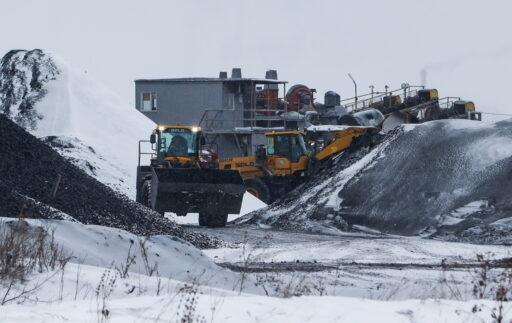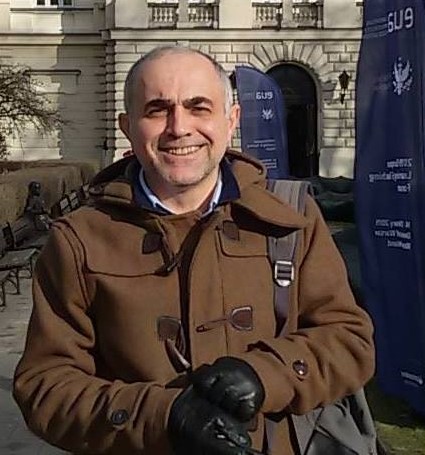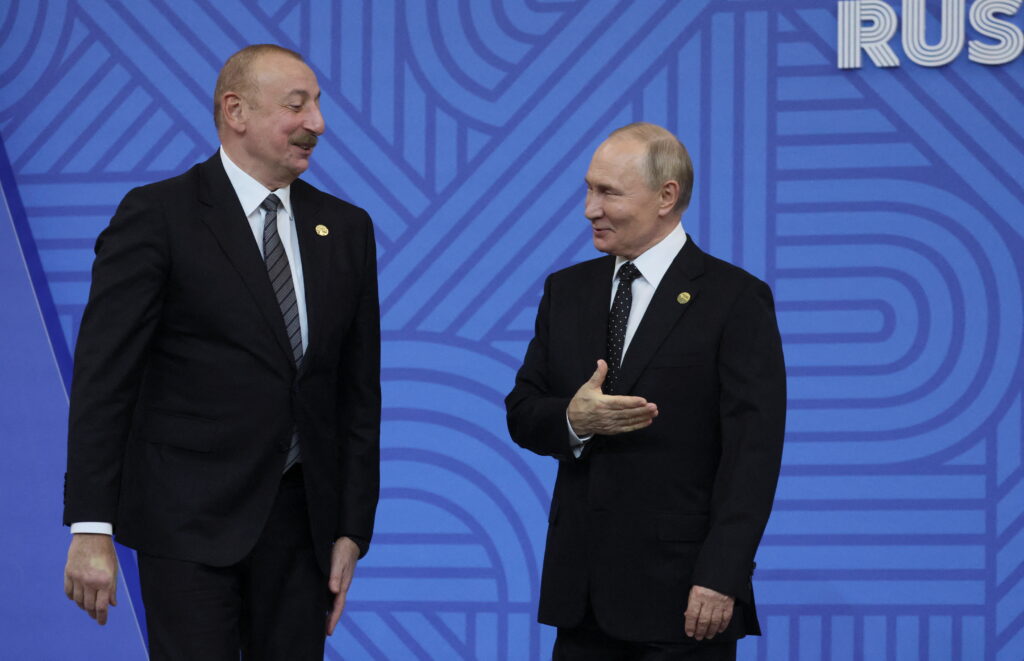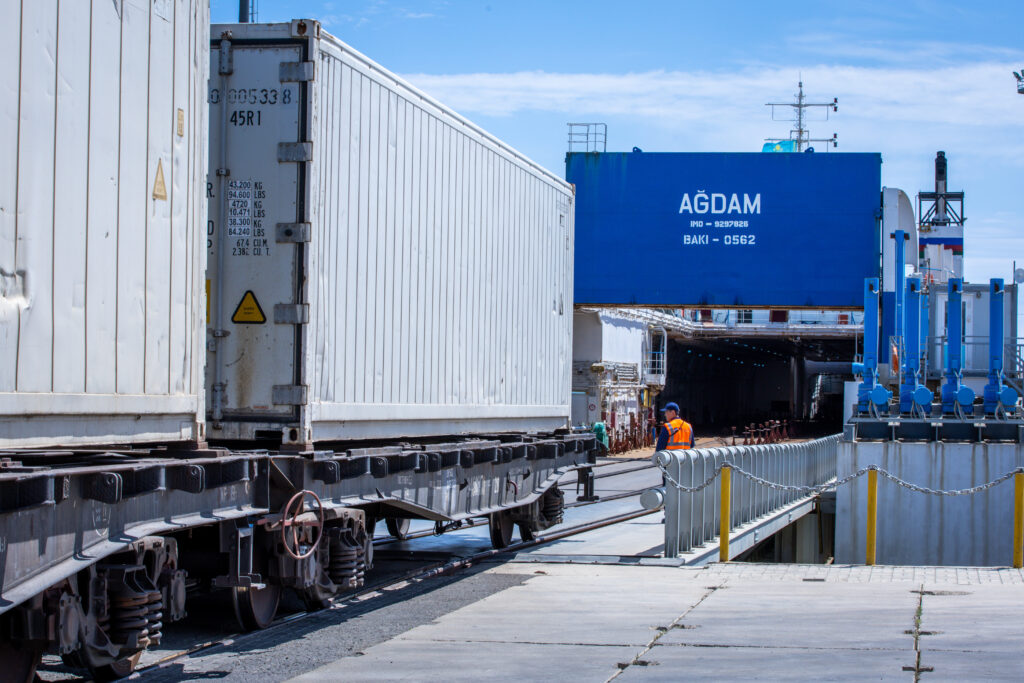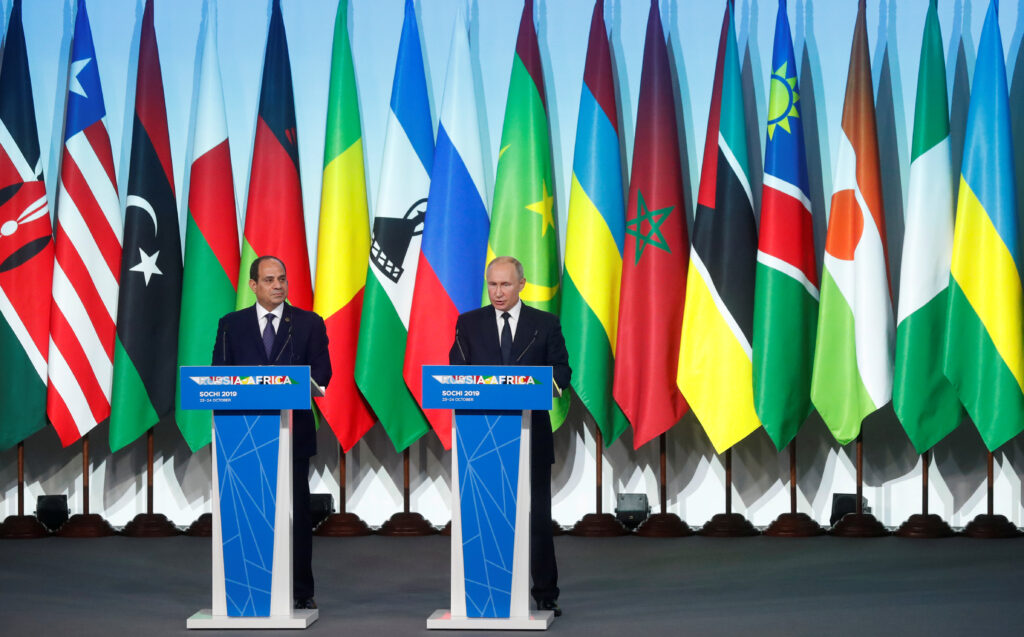After the invasion of Ukraine in February 2022 and the ensuing Western sanctions, Moscow considers the launch of the International North-South Transport Corridor (INSTC), and connections with its trade partners in East Asia and the Middle East, a strategic goal. Securing transport routes that bypass Western-allied countries is vital for Moscow. Moreover, a transportation corridor through the former Soviet republics may reinforce Russia’s presence in Central Asia and South Caucasus where Moscow faces strong competitors. Another main actor in the INSTC is Iran with its own interests in the project which do not always coincide with Russia’s.
Iran and Russia’s common interests over the INSTC
Iran considers the INSTC an opportunity for easing its access to export markets such as Russia, Central Asia, Belarus, India and Southeast Asia, and potentially to the EU if sanctions are lifted. It may also increase Iranian geoeconomic importance as a regional transportation hub between Europe, the Middle East, Africa and Southeast Asia.
Economically the INSTC’s advantage for Russia compared to other transport routes, and above all sea shipments through the Suez Canal, is that it may reduce transit times. The INSTC also offers the economic benefit of using a Trans-Caspian multimodal route. It’s especially important for trade between Russia and Iran, and the continental route of the INSTC.
Before the 2022 invasion of Ukraine, the oil-for-goods deal was Iran’s main geostrategic and geoeconomic goal in the INSTC. Russia needed to find markets for Iranian oil outside of Russia and develop complex clearing mechanisms so that Iranians could pay for goods acquired by Russian companies abroad using funds they kept in several countries. But now Russia itself faces challenges to sell its own oil. Therefore, increasing trade between Russia and Iran after the start of the war increased Tehran’s interests in the INSTC.
Iran is of particular interest for Russia because it is a logistical bridge in trade with the Middle East, South and Southeast Asia. Secondly, Iran has years of experience surviving under Western sanctions. Concurrently, Tehran sought to provide itself with goods that some had banned and others were afraid to sell, and managed to maintain some of its own industries, which increased cooperation with Russia, not only in trade but in production.
Besides traditional agricultural products, Iran increased the export of industrial goods (polystyrene, pumps, auto components, metalworking machines, etc.) to Russia by 30%. However, the trade turnover between Russia and Iran is still modest. The volume of trade and investment between the two countries will continue to grow. Russia became Iran’s largest investor in the last financial year, with an estimated $ 2.76 billion invested in the industrial, mining and transport sectors. For comparison, Chinese investment was just $ 131 million, behind Afghanistan, Iraq and the United Arab Emirates.
The EAEU-Iran preferential trade agreement (PTA) enabling formation of a free trade area (FTA) between the EAEU and Iran signed in May 2018, also strengthened Tehran’s interests in the INSTC. In 2023 the EAEU and Iran signed a Free Trade Agreement (FTA).
In recent years, Iran increased its shipping capabilities in the Caspian Sea and its companies were increasingly involved in Russian projects there and in ship routes over the Volga. 15 ships were added to Iran’s commercial fleet in 2022. In addition, the Iranian shipping company Khazar-Ship plans to increase its fleet to 27 vessels. In 2015, more than 53% of the shares of the «Solyanka» port in the Astrakhan region were purchased by the Iranian company «Nasim Bahr Kish.
The Iranian economy faces several acute problems including US sanctions and huge infrastructure shortcomings. Iran’s northern ports have around 20% of modern infrastructure, southern ones around 60%, and the electrification of the Iranian railways is quite low. For 2019, rail accounted for just 2−3% of cargo shipments, while inefficient diesel trucks, over 30 years old, accounted for more than half of the freight transport mix in the country. Under such conditions, Iran is keen to increase its economic relations with Russia, China, India and other regional countries and to find investments.
The main problem between Moscow and Tehran in the INSTC
Launching a new rail line linking Rasht-Astara (Iran)-Astara (Azerbaijan), the last non-build link for establishing direct rail service along the Western route, may play a major role in developing the INSTC. According to the intergovernmental agreement signed with Iran in May 2023, Russia will allocate an interstate loan for 1.3 billion euros for the construction of the Rasht-Astara railway. The section of the Rasht-Astara line will be built on a combined gauge. It is planned to lay both 1435 mm (the Iranian standard) and 1520 mm (the Russian standard), but first rails 1435 (mm) should be laid to use the existing infrastructure as soon as possible.
After the second Karabakh War, transport routes maintained their importance in relations between Baku and Yerevan with the active involvement of Moscow. Moscow is considering re-opening routes between Armenia and Azerbaijan to have railway access to Armenia, Iran and Turkey and control the railway connection between Azerbaijan and its enclave Nakhichevan which can connect to Turkey by Russian border guards. Russian logistic companies and experts stress that the construction of the Rasht-Astara railway line is not the only and perhaps not the optimal way to launch rail traffic along the western route of the North-South International Transport Corridor. An alternative could be the revival of transit through the Julfa station in Nakhichevan, through which freight traffic from the USSR to Iran went under the Soviet Union, on the other words through Syunik/Zangazur corridor. Russia’s strategic partner, Iran is against that plan and in recent weeks Tehran shows its grievances against Moscow’s plans to control the transport routes between Azerbaijan and Armenia by Russia. Tehran’s main concern is that Iran’s routes through Armenia to Georgia, the Black Sea and Europe can be controlled by Russia or Turkey, its regional competitors and if it happens, China’s interests over Iran’s territories to connect Europe through Turkey will decrease. The transport corridor was one of the main discussed topics of Putin-Aliyev’s recent negotiations in Baku. Later, the statement by Russian Foreign Minister Sergei Lavrov that Armenia is sabotaging the opening of transport communications in the South Caucasus caused a protest from Tehran. Those developments revitalize Tehran’s grievances and reflected in the political statements addressed towards Moscow and once again Iran started unplanned drills close to the Zengezur Corridor. Tehran’s interests over the transport corridors in the South Caucasus region mainly focus on three issues: the Zangezur Corridor has to be controlled by Armenian forces; Tehran’s interests should be taken into account in any corridor; and, do not allow the West, Israel, Türkiye or NATO, «to step into its northern borders under the pretext of building a corridor.» Tehran’s concerns are that the Zangezur Corridor would strengthen Europe and NATO’s grip on the area near its border, given Armenia’s growing ties with the West and Turkey’s resurgence in the South Caucasus with its reach to Central Asia. Tehran also understands that opening of the corridor may decrease Iran’s influence in the South Caucasus.
However, after high level officials visits to Moscow and Tehran from both sides, it seems this time the conflict of interests between Russia and Iran could soften. The Secretary of the Security Council of Russia, Sergey Shoigu, stated that Russia «adheres to previous agreements with Tehran regarding Zangzur, and Moscow’s policy has not changed in any way». Moreover, Putin’s special representative for International Cooperation in Transport, Igor Levitin, presented a report on the progress of the corridor agreements to the Iranian Secretary of the Supreme National Security Council and the Iranian side stressed the progress made on the implementation of transportation projects and corridors between the two countries «in multiple routes and increasing the capacity of these corridors and maximizing the utilization of these capacities emphasized and the full support of the Islamic Republic of Iran for these projects».
Moreover, the thawing relations between Moscow and Tbilisi in recent months allows Russia to attempt a restoration of rail links with Armenia through Abkhazia. If Moscow succeeds, Russia will have a railway connection with Armenia and Iran.
Trade Perspectives
Despite a conflict of interests over the Zengazur Corridor, Russia and Iran use the INSTC for arms transportation purposes too. Besides the INSTC’s role in trade relations, it has strategic importance for Moscow and Tehran as a way to avoid Western eyes and control. Reportedly, Russia and Iran mainly use the Caspian Sea for transportation of military equipment. In 2022, data intelligence revealed a September spike in the number of gaps in vessel tracking data in the Caspian. That’s shortly after the United States and Ukrainian governments stated Moscow acquired drones from Tehran. Suspected weapons transfers from Tehran to Moscow are taking place using this route, and that by turning off AIS vessel tracking, vessels are able to hide parts of their journeys, destinations or ship-to-ship transfers. Moscow wants to give a key role in this to the Makhachkala commercial port in Dagestan. Makhachkala is connected by shipping routes to the Iranian ports of Astara, Enezeli, Noushehr and Amirabad. The further development of these connections is considered a priority area for the port’s activities. The Russian government established JSC North-South, to which 100% of the shares of JSC Makhachkala Sea Commercial Port were transferred. Moreover, it seems soon Moscow and Tehran are going to sign the Treaty on Comprehensive Strategic Partnership, which will cover developments of the INSTC as well. Despite statements and drills, Tehran currently needs Moscow as much as the latter does. However, despite common strategic and economic interests, the geopolitical interests of Iran and Russia do not always coincide in the South Caucasus, like in the case of the Zangezur Corridor. However, up to now such differences can be managed by Moscow and Tehran amid their common strategic interests and threats. On the other hand, Moscow can’t ignore the interests of its other partner and the regional power Türkiye. Such a situation requires delicate foreign policy tactics from Moscow which it will increasingly face in that region in the upcoming years.
A more detailed, full version of the article is forthcoming at Asian Perspective, in the Spring 2025 issue.
